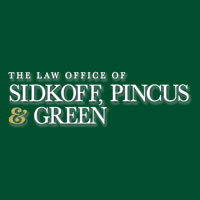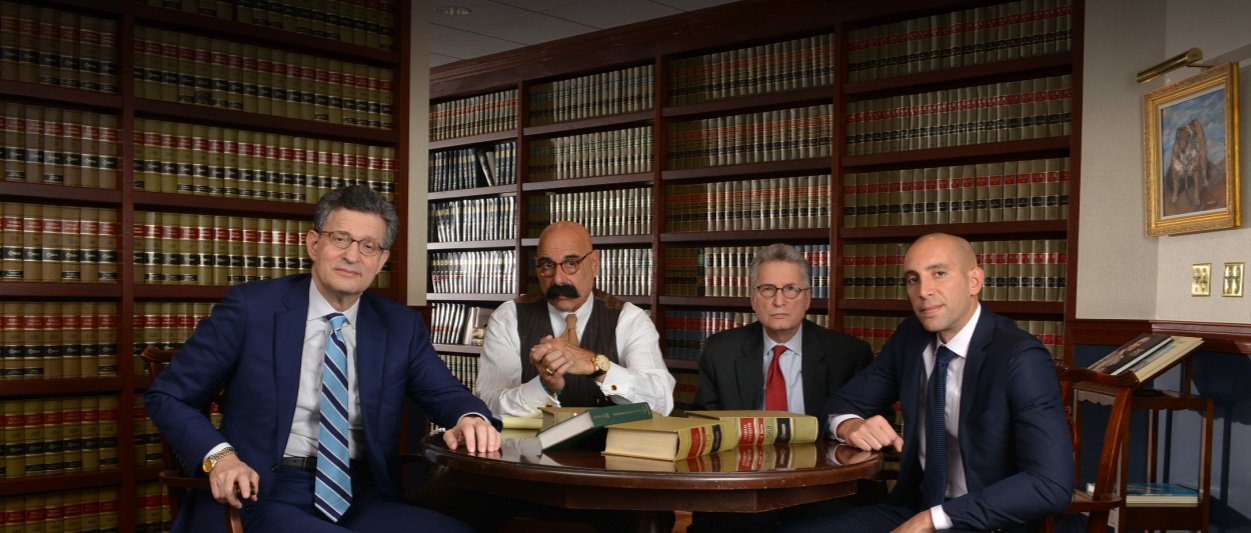Overview of PA Whistleblower Law

The Pennsylvania Whistleblower Law, 43 P.S. § 1421, et seq. holds that no employer may discharge, threaten or otherwise discriminate or retaliate against an employee regarding the employee’s compensation, terms, conditions, location or privileges of employment because the employee or a person acting on behalf of the employee makes a good faith report or is about to report, verbally or in writing, to the employer or appropriate authority an instance of wrongdoing or waste. “Waste” is defined by the statute as “an employer’s conduct or omissions which result in substantial abuse, misuse, destruction or loss of funds or resources belonging to or derived from Commonwealth or political subdivision sources.” “Wrongdoing” is defined as “a violation which is not of a merely technical or minimal nature of a Federal or State statute or regulation, of a political subdivision ordinance or regulation or of a code of conduct or ethics designed to protect the interest of the public or the employer.”
The PA Whistleblower Law also holds that no employer may discharge, threaten or otherwise discriminate or retaliate against an employee regarding the employee’s compensation, terms, conditions, location or privileges of employment because the employee is requested by an appropriate authority to participate in an investigation, hearing or inquiry held by an appropriate authority or in a court action.
In determining whether a plaintiff has an actionable case under the PA Whisteblower Law, it is essential to understand that the the terms “employee” and “employer” are limited in scope. An employee is defined by the law as “a person who performs a service for wages or other remuneration under a contract of hire, written, or oral, express or impled, for a public body.” A “public body” is defined as:(1) A State officer, agency, department, division, bureau, board, commission, council, authority or other body in the executive branch of State government;(2) A county, city, township, regional governing body, council, school district, special district or municipal corporation, or a board, department, commission, council or agency; or (3) Any other body which is created by Commonwealth or political subdivision authority or which is funded in any amount by or through Commonwealth or political subdivision authority or a member or employee of that body.
Importantly, the statute does not define an “employee” as a person performing services “under a contract of hire … with a public body,” but rather requires only that a person perform services “under a contract of hire … for a public body.” Therefore, the courts have not interpreted this law to mean that an employee must be in privity of contact with a public body in order to bring a successful claim. An employer is defined as “[a] person supervising one or more employees, including the employee in question; a superior of that supervisor; or an agent of a public body.” The use of semicolons and the word “or” in the statutory definition means that a person who satisfies any one of the three descriptions is an “employer” for purposes of the Whistleblower Law, even if that person does not satisfy the other descriptions.
A court, in rendering a judgment in an action brought under the Pa Whistleblower Law may order: reinstatement of the employee, the payment of back wages, full reinstatement of fringe benefits and seniority rights, actual damages or any combination of these remedies. A court may also award the complainant all or a portion of the costs of litigation, including reasonable attorney fees and witness fees, if the court determines that the award is appropriate. Punitive damages are not defined as an available remedy under the statute, and as such, the courts have not allowed for the recovery of such damages on this claim alone.
A claim made under this law must be brought within a court of competent jurisdiction within 180 days after the occurrence of the alleged violation.
For further information regarding claims and potential claims under the PA Whistleblower Law, please contact Sidkoff, Pincus & Green, with attorneys licensed in Pennsylvania and New Jersey and offices located in Philadelphia.



















